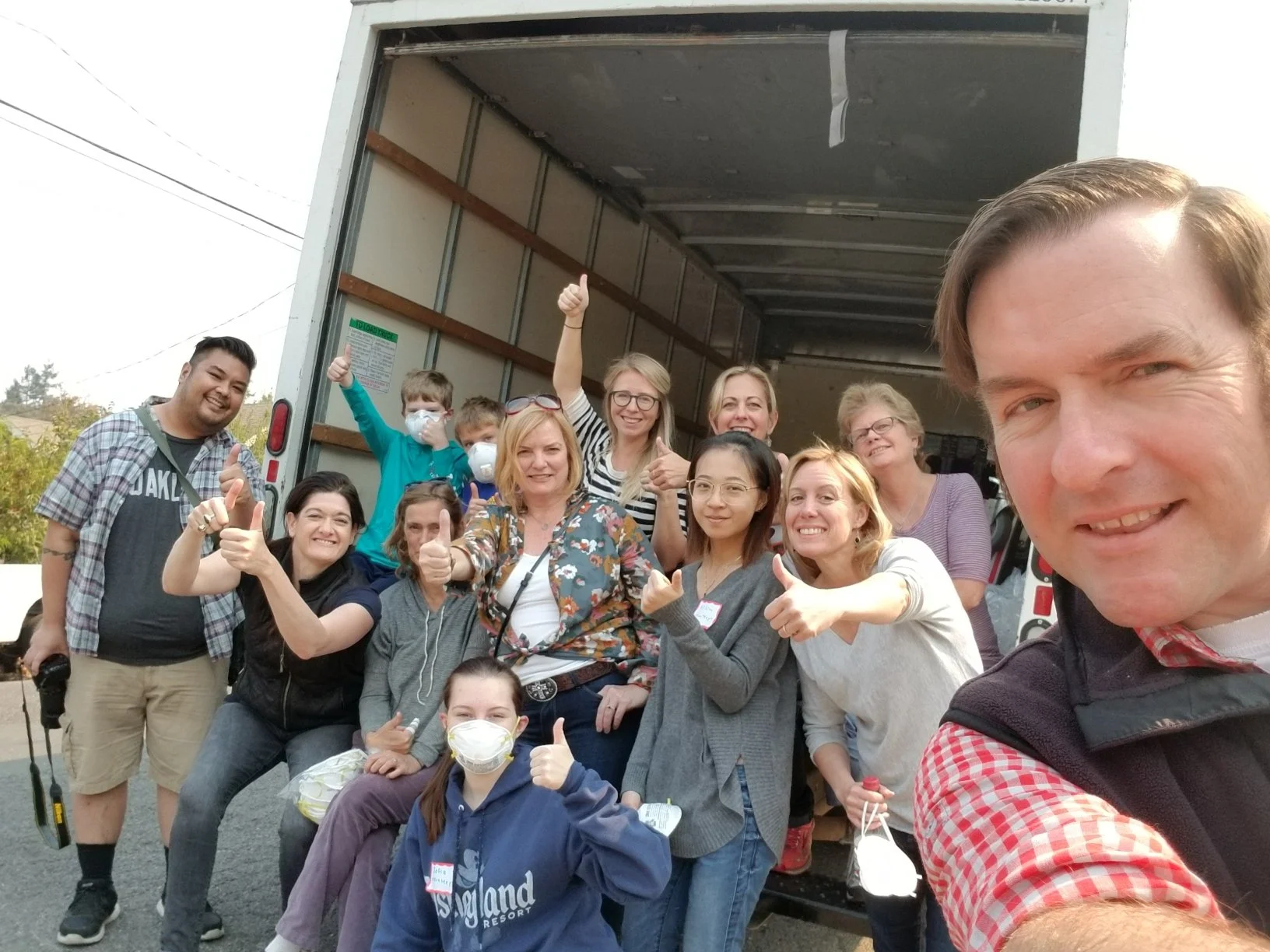Oh the power of literature. We often take for granted the influence the written word has upon our daily lives. Little did I know when I received a simple cookbook as a Christmas gift that it would launch me into 2008 with an entirely new diet. The book: Skinny Bitch in the Kitch: Kick Ass Recipes for Hungry Girls Who Want to Stop Cooking Crap (and Start Looking Hot!) True, it’s one long title, but conveys the point of the book pretty well, except for the fact that all of the recipes are vegan. Scanning through it on my flight back to San Francisco, I discovered how simple the recipes were. So, in my attempts to reverse a year’s worth of decadent eating and over-imbibing on San Francisco’s finest wine, cuisine, and artisanal cocktails (as well as a year of culinary school in the mix), I decided to give this vegan diet thing a go. I had always been a healthy and conscious eater, and I was already somewhat well-versed on vegan-ism from my own curiosity as well as learning from friends and peers who were vegan, so I didn’t feel I was going about this blindly. On January 2, 2008, my first day back in San Francisco, I embarked upon a vegan diet.
Skinny Bitch in the Kitch is the sequel to Skinny Bitch by Los Angeles vegans Kim Barnouin and Rory Freedman. The prequel takes a look at our disproportionate portions, the government’s lack of concern for our nation’s health, the chemicals, preservatives, and other unnatural additives that go into the food on our grocery store shelves, and Their foul-mouthed, sassy writing style and frank opinions about the meat, dairy, and egg industry (all vegan no-no’s) are enough to make even a staunch omnivore laugh out loud and maybe even think twice about what they’re putting in their mouths. Their message is simple: to provide a new way of life that is healthy, clean, and simple and to debunk the myths that a vegan diet has to be expensive, inaccessible, or only for tree-hugging hippies. Of course, skeptics abound. One critic even called the book ‘militant indoctrination’. Both women come from the Ford Modeling Agency (Barnouin a former model, Freedman a former agent), and while they’ve both studied health, diet, fitness, and nutrition for over a decade, only one holds a degree in Holistic Nutrition, and they don’t offer up where that degree came from.
Still, I was up for giving the vegan life a chance. I wasn’t so much rooted politically or ethically into the idea of vegan-ism, but enough so in both directions to believe I could still be healthy, strong, and decide whether or not I would return to the life of an omnivore again. I didn’t think this would be too hard. Once culinary school ended last fall, I had returned to my old diet, which skimped on meat and poultry. And after a year of living in the most socially conscious region in America, thoughts of hormones and antibiotics being pumped into the meat I ate was starting to turn me off from meat-eating already unless I knew the exact farm where my grass-fed beef was raised and the farmer’s name who owned the land. I headed to the grocery store the night I got home and piled as many veggies, fruits, tofu, beans, soy milk, and veggie cheese I could into my shopping cart.
What did I miss the most you might wonder? No, not my good friend Kathryn’s rosemary crusted rack of lamb. And not my probiotic yogurt I had grown so attached to over the past two years. It was the little things. Like honey. I drink tea religiously and pour honey into it the same, so when I realized my Green Jasmine and Cream Earl Grey had to go without, I felt the rules and boundaries creeping in. And what was I to put in my salads to bulk them up? Surely not tuna! Beans and legumes became my best friends at lunchtime. The tofu stir-fry dishes became a bit monotonous after the first two weeks, but the book helps you be creative with dishes you would have otherwise cooked with meat. The book served as a reminder that you can eat the same things you used to eat (minus the lamb and real egg omelets), but be a little more inventive. But watching my roommates slice aged cheddar, smoked gouda, and spicy pepper Jack had me salivating for a hunk of creamy, tangy goodness placed atop my favorite cracker. I went to my room and pouted over the loss of one of my favorite food groups. Soy-based Veggie shreds were just no comparison.
And just like a spouse who starts to stray, I too became unfaithful to my vegan oath. Like a couple that realizes they have nothing in common, I just wasn’t rooted enough in the foundations of vegan-ism to make it last forever. I never tried to get anyone to join my vegan bandwagon, nor did I scorn what they ate in front of me or ask them if their buffalo wings were from a free-range chicken. But when the soy became too plenty, and the cheese became too tempting, I fell off the wagon. I wasn’t disciplined enough to commit myself to a lifestyle that didn’t allow me to eat cheese, and I wasn’t ready to say no to the things I loved because I didn’t believe in it. Still, it won’t stop me from making the book’s dried fruit muffins sweetened with Sucanat (Su = Sugar, Ca = Cane, Nat = Natural), Big Ass Veggie Burrito, or the Bitchtastic Brownies and Cheezecake.
So, I’ve succumb to and fully accepted that I’m a cheater. Until the day I can fully eliminate eggs, dairy, and any animal product or bi-product, I won’t, and can’t, call myself a full-fledged vegan. But I can't say I didn't try.







